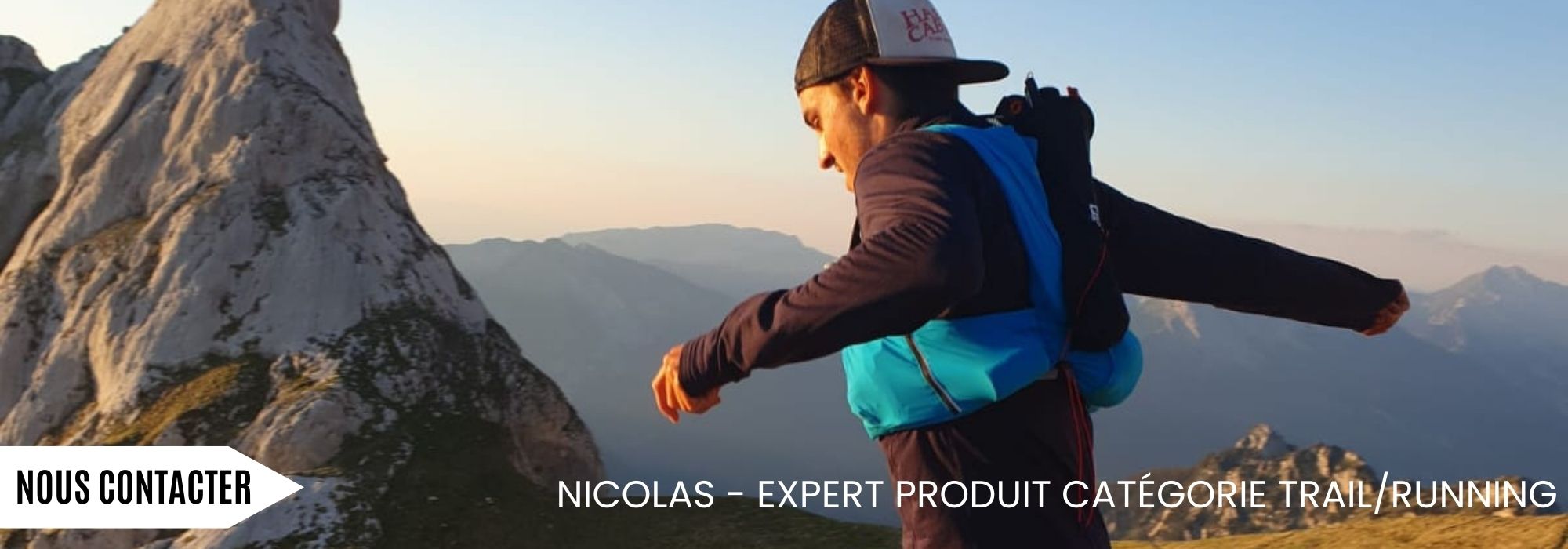We give you advice on choosing your trail running shoes. Trail running is the sport of running in the great outdoors. It's an outdoor activity that combines nature, effort, discovery and performance on different types of terrain. Discovering new landscapes, setting goals, enjoying nature, relieving the pressure of everyday life - trail running is the perfect hobby for all this and more.
TRAIL RUNNING, A SPORT FOR EVERYONE!
.png)
THE USE OF TRAIL SHOES
The first step in selecting the right pair of trail shoes for you is to find out how you use them. You won't choose the same shoes if you're a short-distance runner as if you're a long-distance runner. For short distances, we recommend light, technical trail shoes. For medium-distance trails, you'll need a combination of lightness, cushioning, comfort and grip. For ultra-trails, we recommend a shoe with more cushioning and protection to avoid foot injuries.
On what type of terrain?
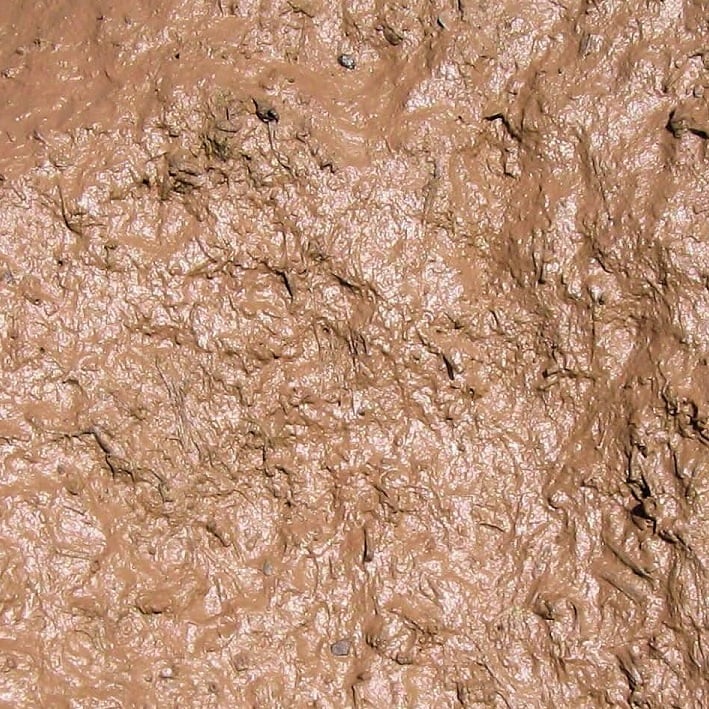 |
On rather greasy terrain, you'll need a pair with very good grip, with deep, well-spaced crampons for mud removal. |
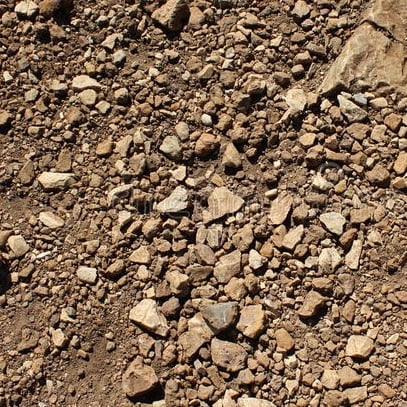 |
On mixed terrain, mainly paths, you need a lightweight, versatile and flexible shoe. |
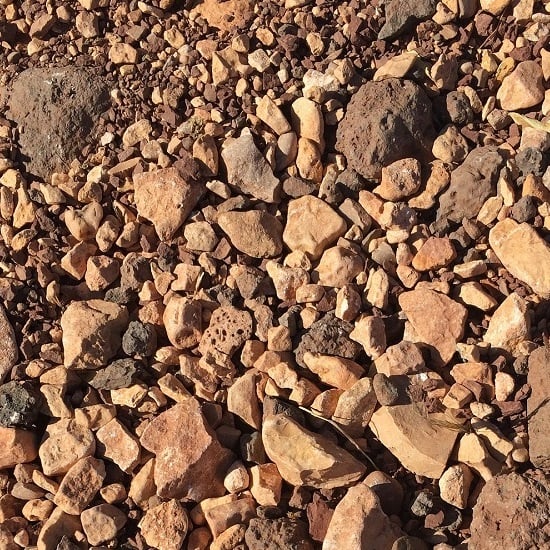 |
On rocky terrain, a stiffer sole will be more stable. We recommend a shoe with more protection on the upper, a stone guard, a material that is more resistant to abrasion. |
 |
On snow-covered terrain, you need a boot with good grip and pronounced crampons, as well as protection against the elements with a waterproof membrane such as Gore-Tex. To avoid soaked feet, we recommend you also wear waterproof gaiters. |
ADVICE FROM OUR PRODUCT EXPERTS
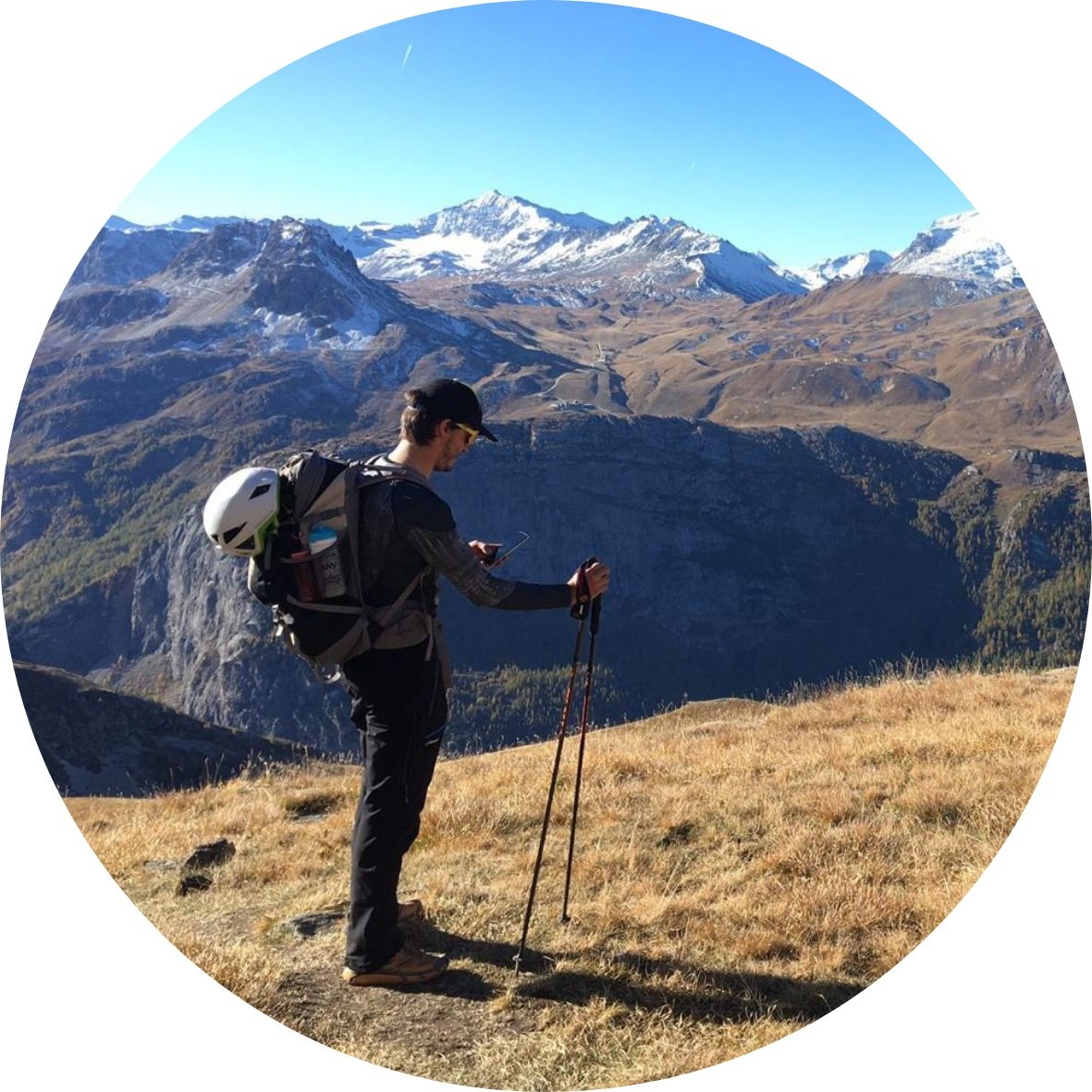 |
|
| Nicolas - trail expert |
.png)
GOOD TO KNOW
|
|
TRAIL SHOE COMPONENTS
.png)
Mesh
The choice of mesh on the upper part of the shoe is important, and depends on how you use the shoe. A dense, tightly-woven mesh provides protection and support for the foot, but reduces the shoe's breathability . When, on the other hand, the shoe has an airy mesh, it allows water to evacuate more quickly. So it's important to choose the right mesh for your terrain.
If you're going out on stony ground, the mesh must be resistant; if you're going out on wet ground, a tighter or even waterproof mesh will be the best choice; on dry ground, the ideal is to have a more airy mesh for greater breathability. Particularly in winter, on wet or muddy terrain, trail shoes with waterproof protection are recommended. Gore-Tex is often the benchmark, but many trail shoe brands have now developed their own waterproof membranes that work just as well, and are generally less expensive.
The sole
The sole of the shoe also plays a role in your choice. It's made up of 3 insoles:
- the insole, which provides comfort and wicks away sweat,
- the midsole for stability andcushioning,
- the outsole, which is in direct contact with the ground and providesgrip for all types of terrain.
.png)
The drop
Another important component of a trail shoe is the drop. This can strongly influence your stride. The drop is the difference in height between the front and rear of the shoe , and therefore corresponds to the inclination of the foot in the trail shoe. Measured in millimeters, it generally ranges from 0 to 12mm. You need to pay particular attention to the drop when choosing your trail shoe, as it can be the source of injury if it is not adapted to your running style. The higher the drop, the more you'll be forced to put your heel first, which increases impact and tends to traumatize your joints and body. The universal drop is 8mm. The more you run, the more you know your stride and the more you can choose shoes with the right drop for your use. With a lower drop, you run more on the forefoot, limiting impact but putting more strain on the calves.
Protection
Another factor to consider when choosing trail shoes is protection . Once again, this will depend on the type of terrain you run on. If you're running on rocky terrain, it's best to have stone guards to protect your feet, which tend to make the shoe heavier. On softer paths, on the other hand, it's ideal to have shoes that are lighter and less rigid than those with stone guards.
Comfort
IMPORTANT POINTS WHEN CHOOSING YOUR TRAIL SHOE
Fit and size
Cushioning
Cushioning plays an essential role in comfort and shock protection, especially on hard terrain or long distances. Heavier runners or those with joint sensitivities should opt for models offering reinforced cushioning. On the other hand, trail runners looking for greater responsiveness on fast runs will prefer more minimalist shoes.Different brands have different sizes
Each brand designs its models with features adapted to different foot morphologies. For example, Altra is renowned for its shoes with a wide toe box, ideal for wide feet. Conversely, brands such as La Sportiva or Dynafit are better suited to slender feet. Knowing these specifics will help you make the right choice for your morphology.Maintenance tips
To prolong the life of your trail shoes, clean them regularly after muddy outings, let them air-dry without exposing them to direct heat, and store them in a dry place. Good care not only prevents premature wear of the materials, but also ensures that the foot stays firmly in place.TESTIMONIALS FROM TRAIL RUNNERS AND THEIR CHOICE OF TRAIL SHOES
Claire , 34, beginner trail runner - "A versatile shoe for a safe start".
"When I started trail running, I had no idea which shoe to choose. I was used to classic running sneakers, but on the trails I quickly realized that I needed more grip and stability. A sales assistant recommended a versatile pair, with good cushioning and a grippy sole. Since then, I feel much more confident, even on technical terrain!"
His choice: Antora 3 by Merrell
Thomas , 28, long-distance runner - "Cushioning is essential for ultras"
"I take part in long-distance trails, and I quickly realized that cushioning was essential. On races over 50 km, repeated impacts end up being painful if the shoe doesn't absorb the shocks well. I opted for a model with good cushioning and reinforced support to avoid muscle fatigue. It's a real plus when you spend several hours on the trails."
His choice: Spin planet by Scarpa
Julien, 40, mountain trail enthusiast - "Grip is essential for technical terrain"
"I love running in the mountains, but with some shoes I was often slipping on wet rocks and muddy descents. After several trials, I found a pair with a very grippy sole and crampons adapted to technical terrain. Since then, I feel much calmer on descents, and I can concentrate on my running rather than on the risk of slipping."
His choice: Bushido III from La Sportiva
Émilie, 31, traileuse sur terrains variés - "Finding the right shoe size changes everything"
"At first, I took my trail shoes in the same size as my street shoes, and I often had blisters and sore toes after my outings. One day, a friend advised me to take an extra half-size to anticipate foot swelling when running. It changed my comfort! No more black toenails or unpleasant rubbing."Her choice: Peregrine 15 by Saucony
Maxime, 25, fast trail runner - "A lightweight shoe for speed"
"I often take part in short, intense trail races, where every gram counts. I chose a lightweight shoe with good energy return, which allows me to be more reactive on the rolling sections. At first, I was worried about lacking support, but by choosing a well-fitting model, I found the perfect balance between dynamism and safety."
His choice: Alpine DNA by Dynafit
TO REMEMBER
- Feeling good in your sneakers is the most important thing!
- To select the right pair of trail shoes for you, you need to ask yourself about your running style.
- The drop can strongly influence your stride.
Now that you know more about trail shoe design, check out our article on how to choose trail clothing?








































